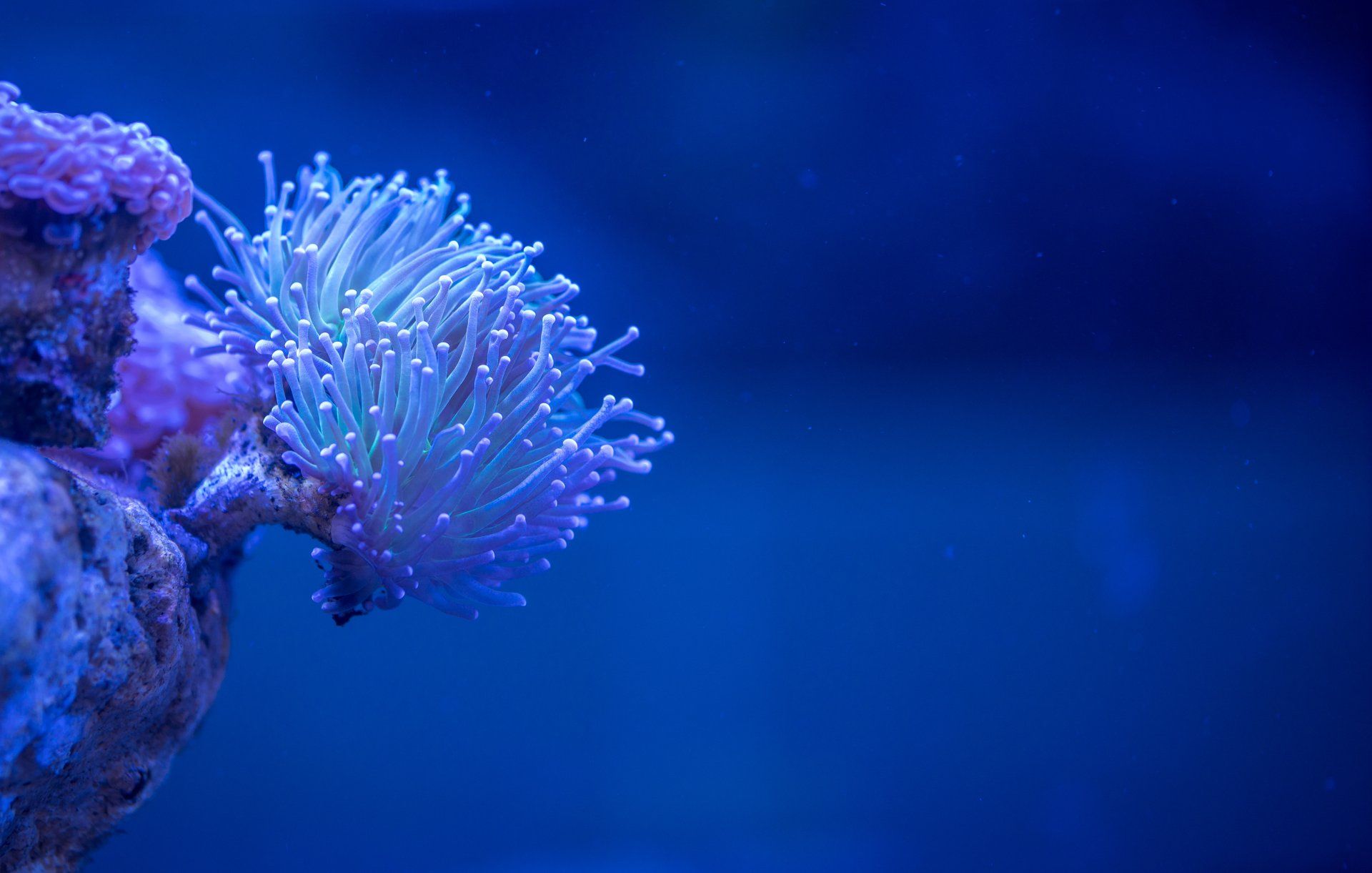Reducing High Phosphate Levels in Aquariums: Tips and Techniques
How to Solve the Phosphate Issue in Aquariums

High phosphate levels in aquariums can be a common problem, as phosphates are a natural part of the water and can come from a variety of sources such as fish food, tap water, and even the air. While small amounts of phosphates are not harmful to fish and other aquatic life, high levels can lead to a range of problems such as algae blooms, reduced oxygen levels, and decreased fertility.
Fortunately, there are several effective techniques and technologies available for reducing high phosphate levels in aquariums. In this article, we will explore some of the most effective methods for solving this problem, including:
- Regular water changes
- Using a phosphate-removing media
- Using chemical filtration media
- Adding phosphate-reducing bacteria
Regular water changes
One of the simplest and most effective ways to reduce high phosphate levels in an aquarium is by performing regular water changes. By replacing a portion of the water on a regular basis, you can help to dilute the concentration of phosphates and other contaminants, helping to keep levels in check. It is generally recommended to perform a water change of at least 25% every week or two.
Using a phosphate-removing media
Another effective method for reducing high phosphate levels in an aquarium is the use of a phosphate-removing media. This type of media is designed to absorb and remove phosphates from the water, helping to keep levels in check. There are several different types of phosphate-removing media available, including resin-based media, which can be placed in a filter or used as a standalone product, and ceramic media, which can be added to a filter or used in a media bag.
Using chemical filtration media
Another option for reducing high phosphate levels in aquariums is the use of chemical filtration media, such as activated carbon or phosphate-removing pads. These types of media are designed to absorb and remove phosphates from the water, helping to keep levels in check. It is important to regularly replace chemical filtration media, as it becomes saturated over time and loses its effectiveness.
Adding phosphate-reducing bacteria
Finally, adding phosphate-reducing bacteria to the aquarium can also help to reduce high phosphate levels. These bacteria consume phosphates as part of their natural growth process, helping to break down and convert them into less harmful substances. Phosphate-reducing bacteria can be added to the aquarium in the form of a liquid or dry culture, and are generally easy to use and maintain.
In conclusion, high phosphate levels in aquariums can be a common issue, but fortunately, there are several effective techniques and technologies available for reducing this problem. By performing regular water changes, using a phosphate-removing media, using chemical filtration media, and adding phosphate-reducing bacteria, you can help to keep phosphate levels in check, ensuring the health and well-being of your aquatic life.




